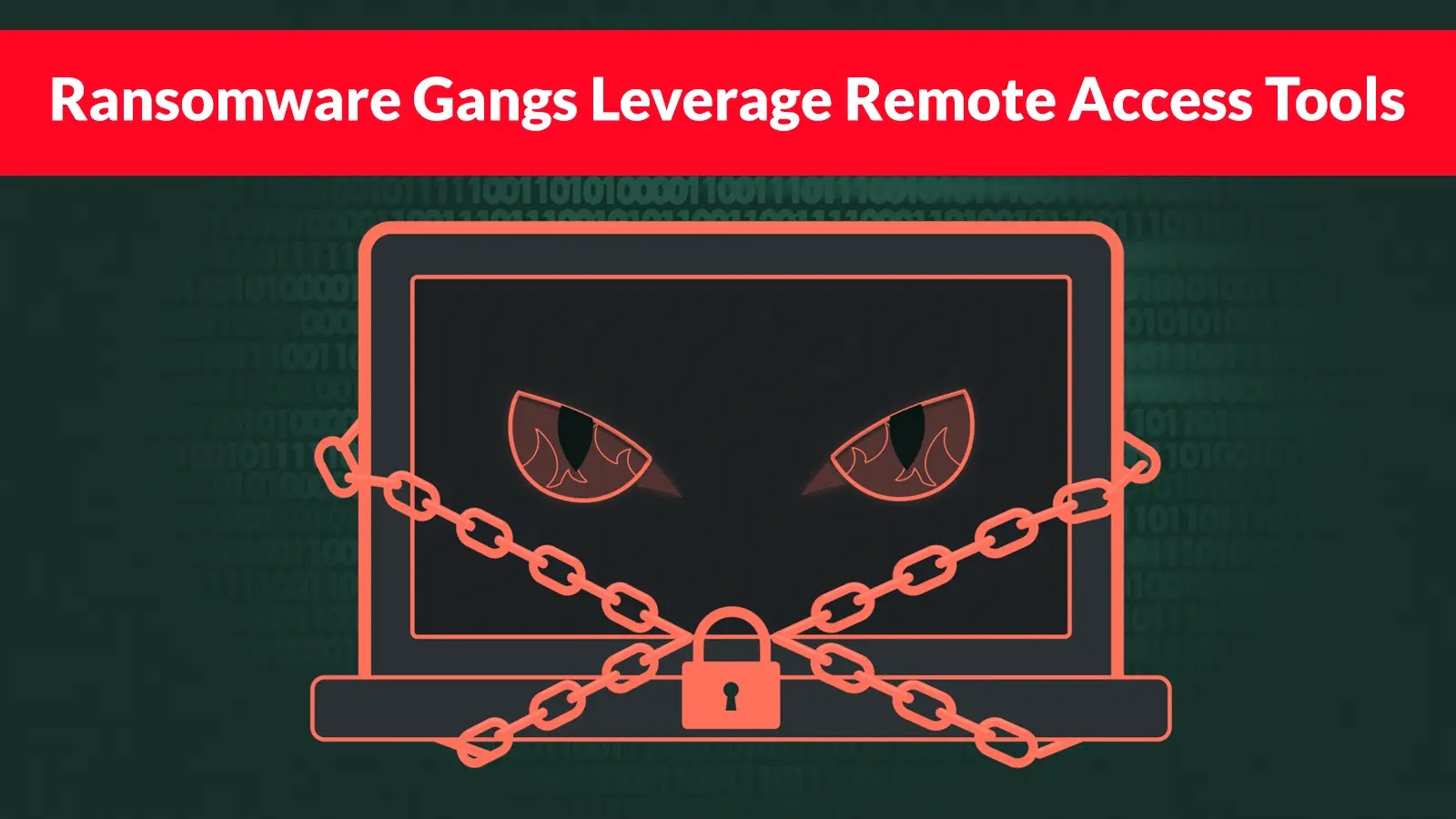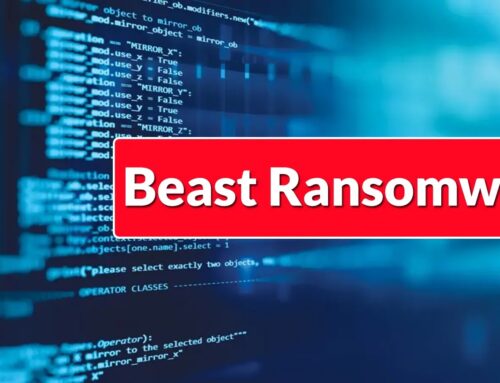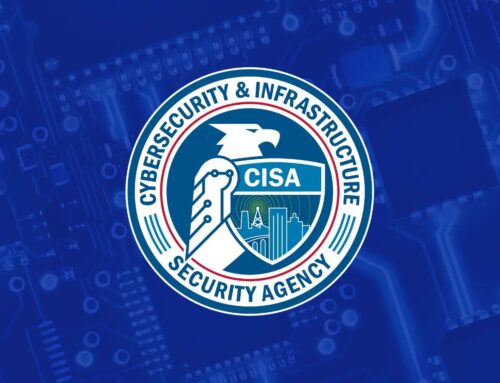
Ransomware Gangs Leverage Remote Access Tools to Gain Persistence and Evade Defenses
The Evolving Threat: Ransomware Gangs Hijack Remote Access Tools for Covert Persistence
The landscape of cybercrime is in constant flux, and ransomware operators are demonstrating remarkable adaptability. Gone are the days of purely opportunistic, widespread malware blasts. A stark shift has occurred, with ransomware gangs now employing highly targeted tactics that leverage legitimate software to achieve their malicious goals. One particularly insidious development, emerging prominently in early 2025, involves the abuse of standard remote access tools to establish robust persistence within enterprise networks and bypass traditional security defenses.
From Mass Exploitation to Targeted Infiltration
Historically, ransomware campaigns often relied on broad distribution methods like phishing emails with malicious attachments or exploiting well-known vulnerabilities across a wide attack surface. While these methods still exist, the sophistication of modern ransomware gangs has grown. They now seek deeper, more covert access within victim organizations. By co-opting tools designed for legitimate IT operations, such as AnyDesk and Splashtop, adversaries can blend in with normal network traffic, making detection significantly more challenging.
Legitimate Tools, Illegitimate Aims: How Ransomware Abuses Remote Access Software
The fundamental strategy revolves around using remote access tools (RATs) to gain and maintain unauthorized access. This isn’t about exploiting a vulnerability in the RAT itself, but rather abusing its intended functionality. Adversaries achieve this through several vectors:
- Hijacking Existing Installations: If an organization already uses a remote access tool, attackers might gain control of a legitimate session or credential, effectively commandeering an authorized connection.
- Silent Installation: In compromised environments, attackers can silently install a remote access tool on workstations or servers. Since these tools are often whitelisted or have a low detection footprint, their presence goes unnoticed by many security solutions.
- Establishing Persistence: Once installed, these tools provide a stable, persistent backdoor. Even if initial entry points are remediated, the ransomware gang can reconnect at will, launching further attacks or exfiltrating data.
- Evading Detection: Network traffic generated by tools like AnyDesk or Splashtop often appears legitimate, making it difficult for intrusion detection systems (IDS) or security information and event management (SIEM) platforms to flag it as malicious.
The Persistence Advantage: Why This Is a Game Changer
For ransomware gangs, persistence is paramount. It allows them to:
- Conduct Reconnaissance: Map the network, identify critical assets, and understand the victim’s backup strategies.
- Escalate Privileges: Move laterally within the network to gain administrative access.
- Exfiltrate Data: Steal sensitive information before encryption, enabling double extortion tactics.
- Deploy Ransomware Effectively: Deploy the encryption payload to maximum effect, targeting critical systems simultaneously.
The use of legitimate remote access tools effectively grants them a “living off the land” capability, making their activities harder to distinguish from legitimate user behavior.
Remediation Actions: Fortifying Your Defenses
Addressing this evolving threat requires a multi-layered and proactive defense strategy. Here are key remediation actions:
- Strict Remote Access Policy: Implement and rigorously enforce policies for remote access tools. Restrict their use to authorized personnel and devices only. Mandate multi-factor authentication (MFA) for all remote access sessions.
- Principle of Least Privilege: Ensure users and applications only have the minimum necessary permissions to perform their tasks. This limits the blast radius if an account is compromised.
- Endpoint Detection and Response (EDR)/Extended Detection and Response (XDR): Deploy robust EDR/XDR solutions capable of behavioral analysis. These tools can identify suspicious activities, even from legitimate software, by detecting anomalous process execution, network connections, or file modifications.
- Application Whitelisting: Implement application whitelisting solutions to prevent unauthorized software, including unsanctioned remote access tools, from executing on endpoints.
- Network Segmentation: Segment your network to limit lateral movement. If an attacker gains a foothold in one segment, it prevents them from easily accessing critical assets in others.
- Regular Security Audits and Penetration Testing: Routinely audit configurations and conduct penetration tests to identify potential weaknesses and vulnerabilities in your remote access infrastructure and overall security posture.
- User Training and Awareness: Educate employees about the dangers of phishing and social engineering, as these are often the initial vectors for gaining access to install or hijack remote access tools.
- Patch Management: Keep all operating systems, applications, and security tools up-to-date to patch known vulnerabilities. While this threat isn’t about specific RAT vulnerabilities, initial access often exploits other software flaws.
Conclusion: Stay Vigilant, Stay Secure
The adoption of legitimate remote access tools by ransomware gangs signals a significant evolution in their tactics, underscoring their commitment to stealth and persistence. Organizations must recognize that traditional perimeter defenses are no longer sufficient. A proactive, defense-in-depth approach, emphasizing behavioral monitoring, strict access controls, and continuous vigilance, is essential to counteract these sophisticated threats. Staying informed about attacker methodologies and adapting security strategies accordingly is paramount in protecting critical assets from ransomware attacks.





